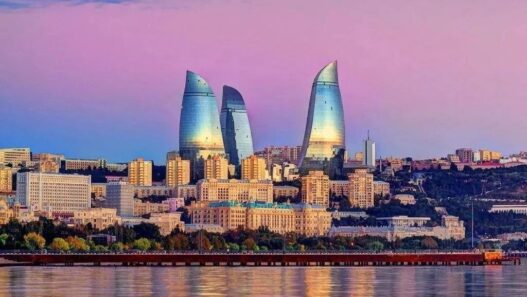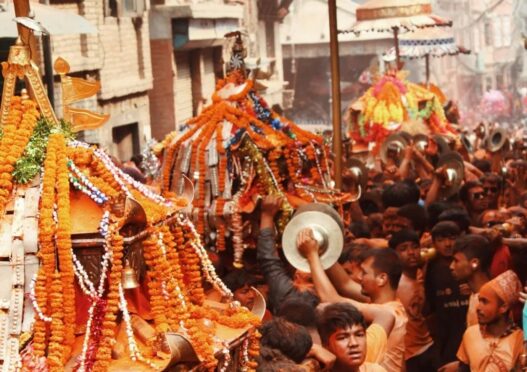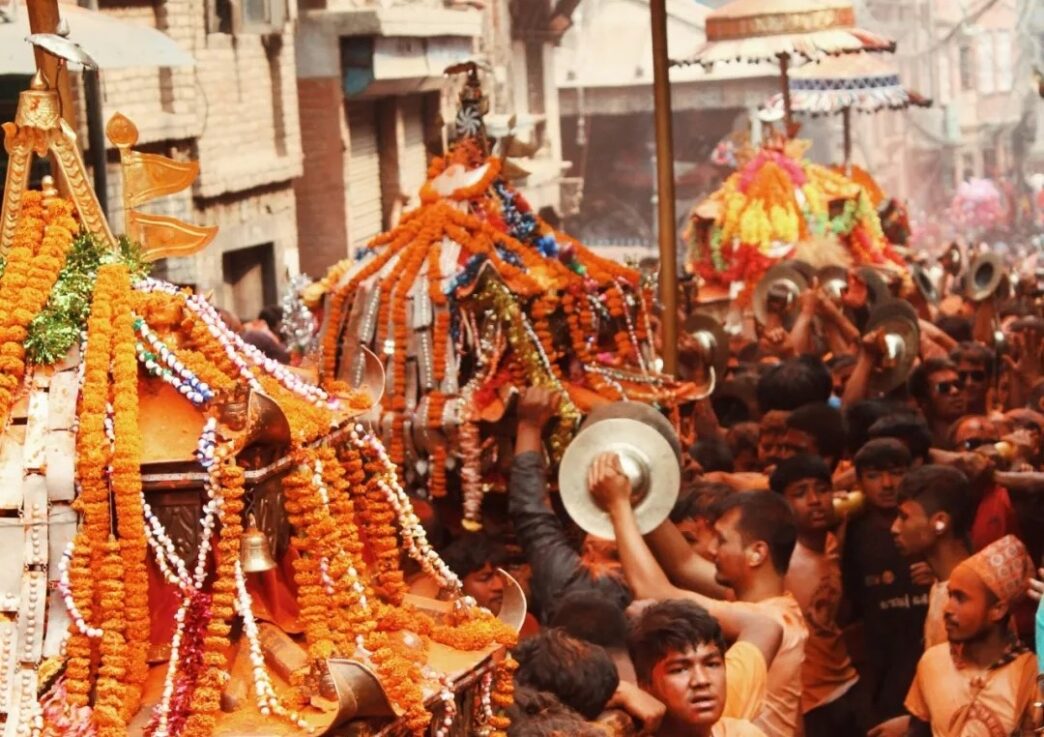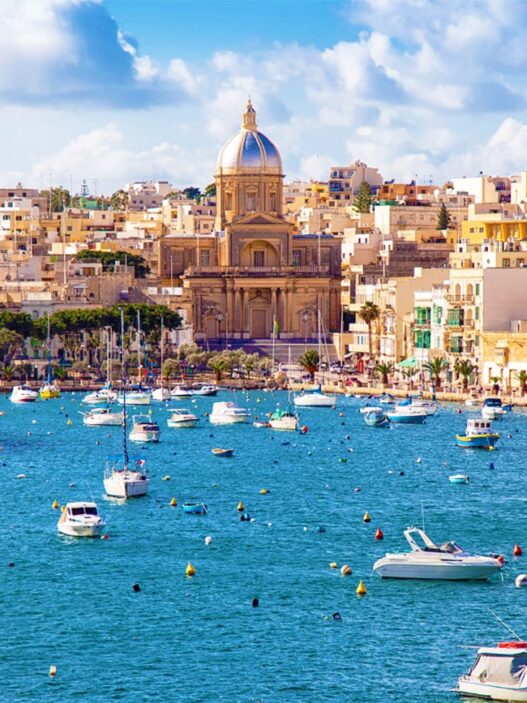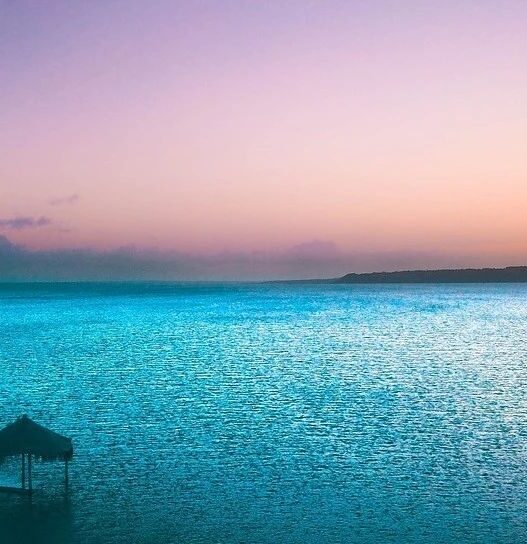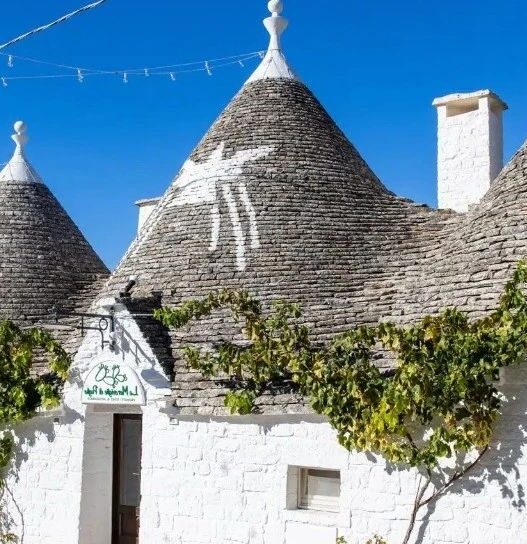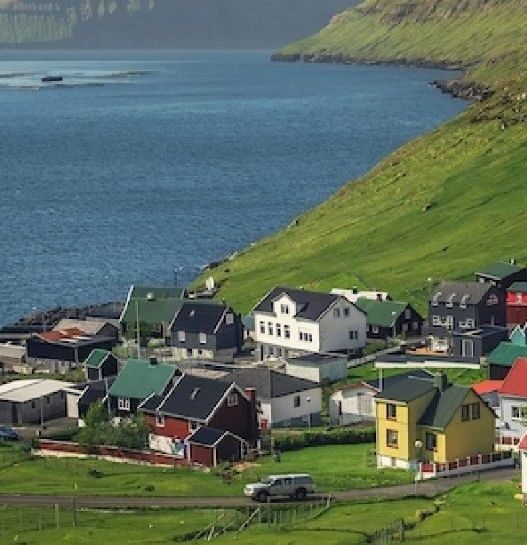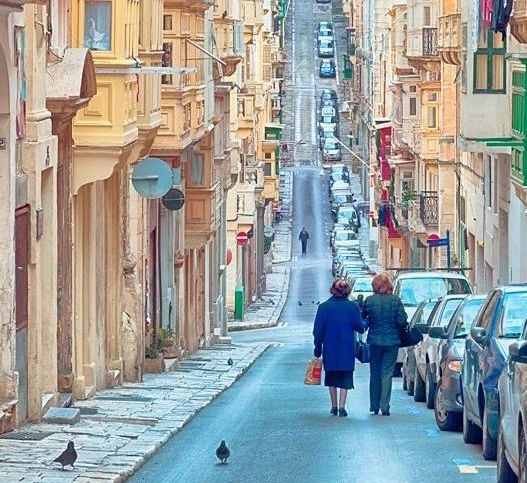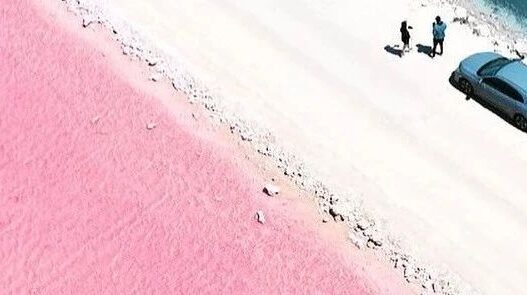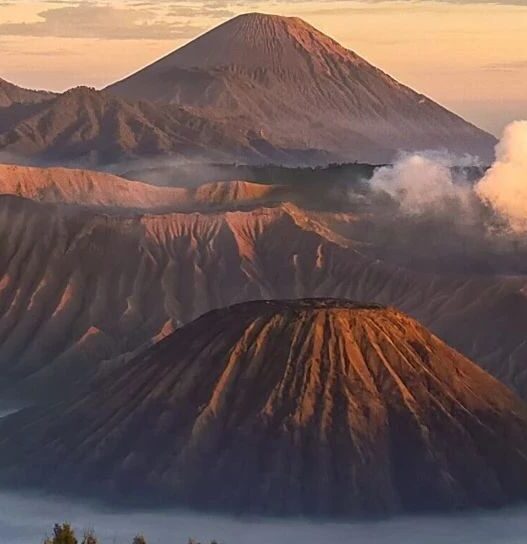Nepal, this mysterious land known as the “Land of the Gods,” seems to be the most passionate touch of nature, sketching a piece of pure land that captivates the heart on the world’s canvas.
Despite ranking among the world’s least developed countries, it transcends material measures to become one of the happiest nations globally.
Nestled at the foothills of the Himalayas, Nepal is bordered to the north by China, and on its other three sides by India, making it a landlocked country in South Asia.
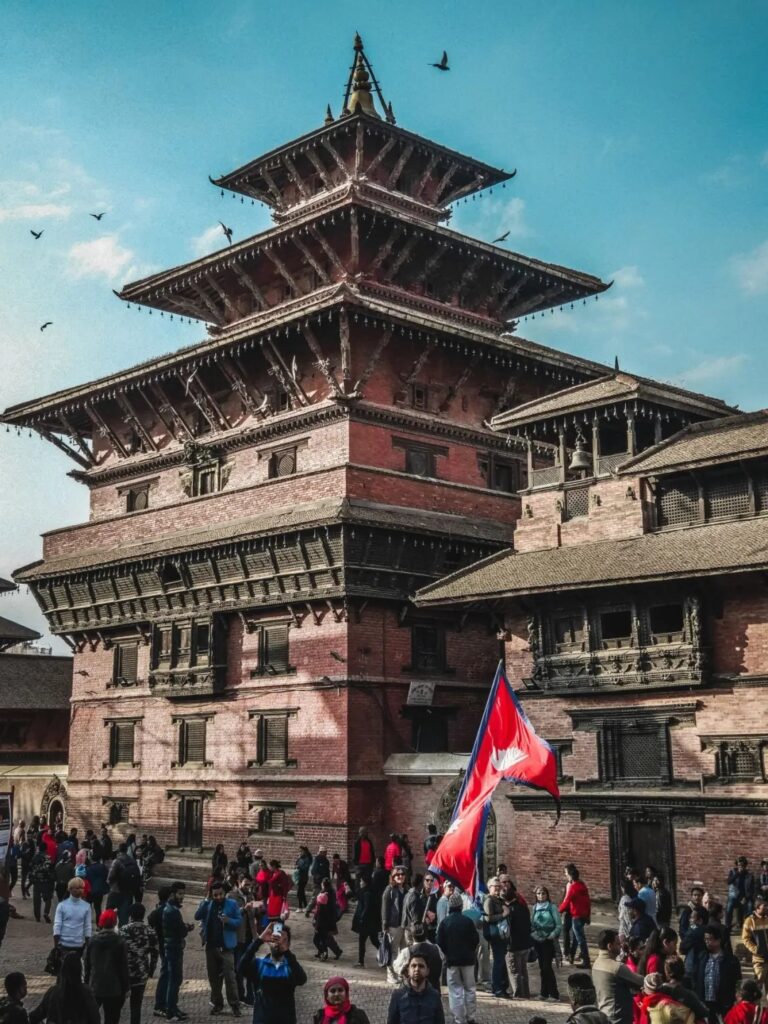
Here, the mountains stand majestically, the rivers are grand. Buddhist chants echo in the valleys, cleansing the soul. The simple customs of the people, like the clear springs in the mountains, flow through every Nepali’s heart, nourishing their simple yet happy lives.
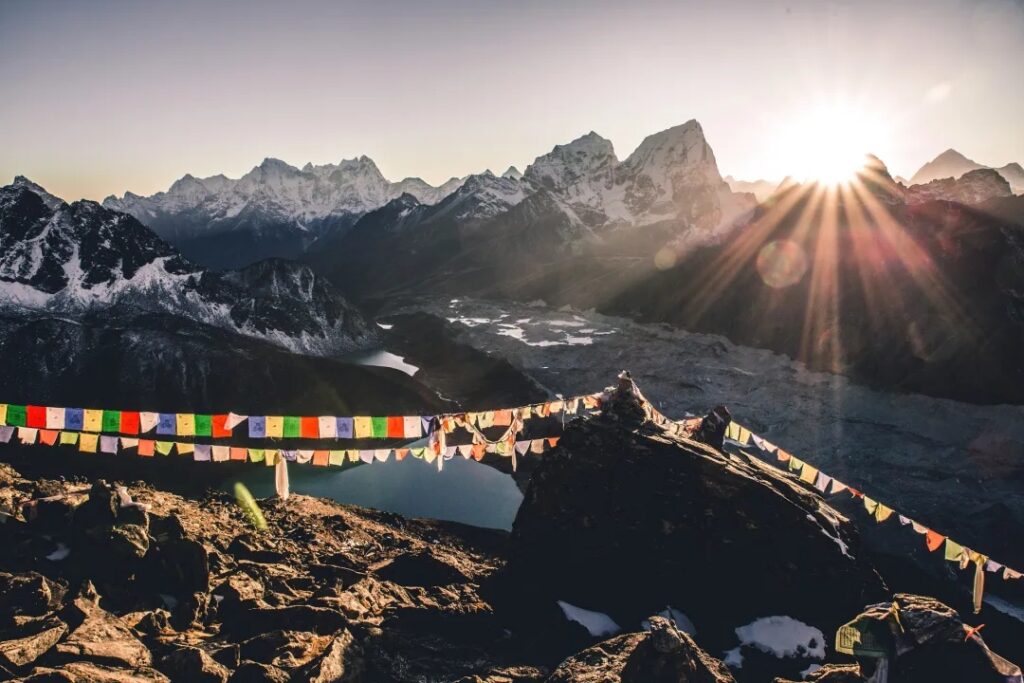
Nepal is a country that interprets the essence of life through happiness. Here, time seems to slow down, and when you set foot on this land, you are deeply attracted by its tranquility and beauty, as if finding a home for the soul.
This is a country that people long for and linger in, its charm beyond the full description of words.
Kathmandu
Kathmandu, the capital and largest city of Nepal, is an ancient city with over 1,200 years of history. Known as the “City of Temples,” it has over 2,700 temples of various sizes within its borders, with more than 250 temples in the city center, which covers just 7 square kilometers.
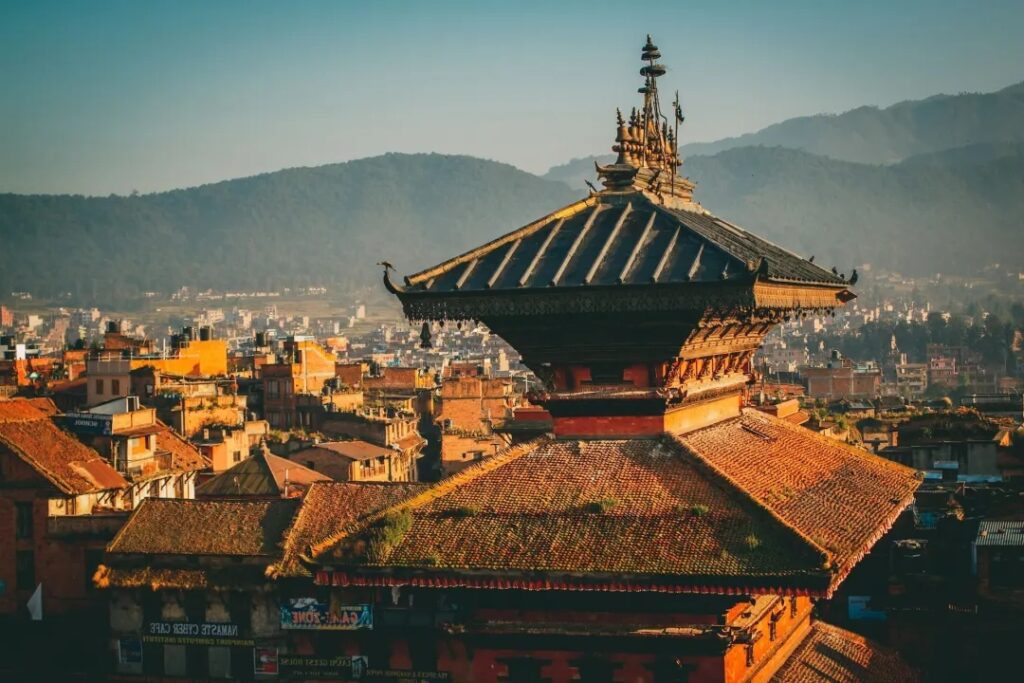
Durbar Square
Kathmandu’s Durbar Square is located in front of the old palace in the old town. It gathers classical architecture from the 16th to the 19th century in Nepal, with over 50 temples and palaces standing, preserving their original architectural style and unique charm.
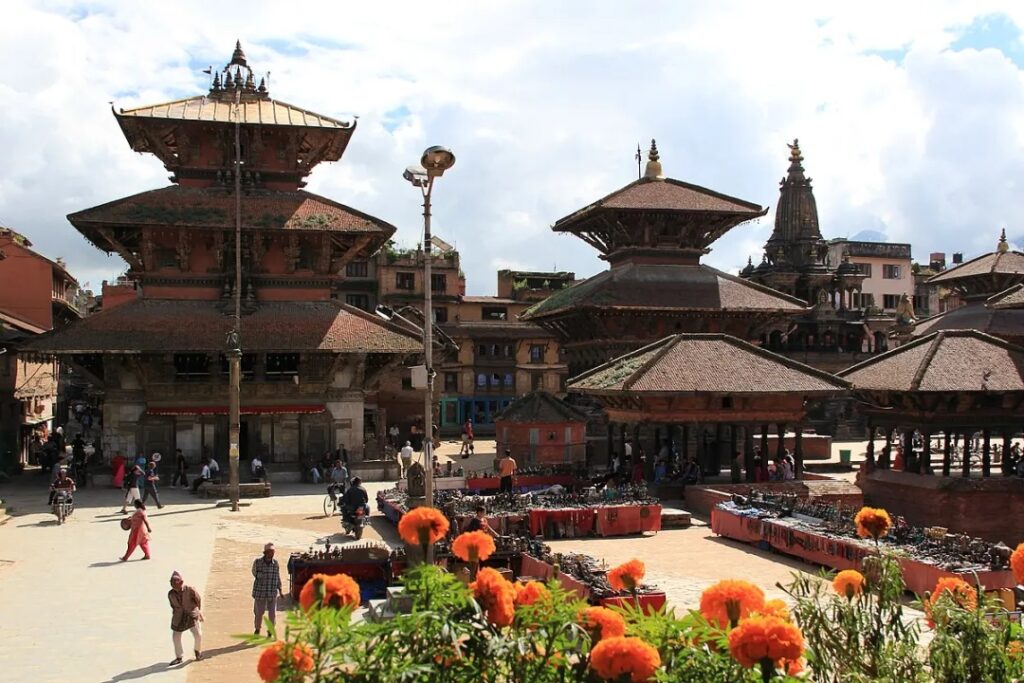
Durbar Square is not only a landmark of Kathmandu but also the perfect place to appreciate Nepalese temple architecture. Strolling here, you’ll be deeply moved by the historical depth and artistic value these ancient structures display.
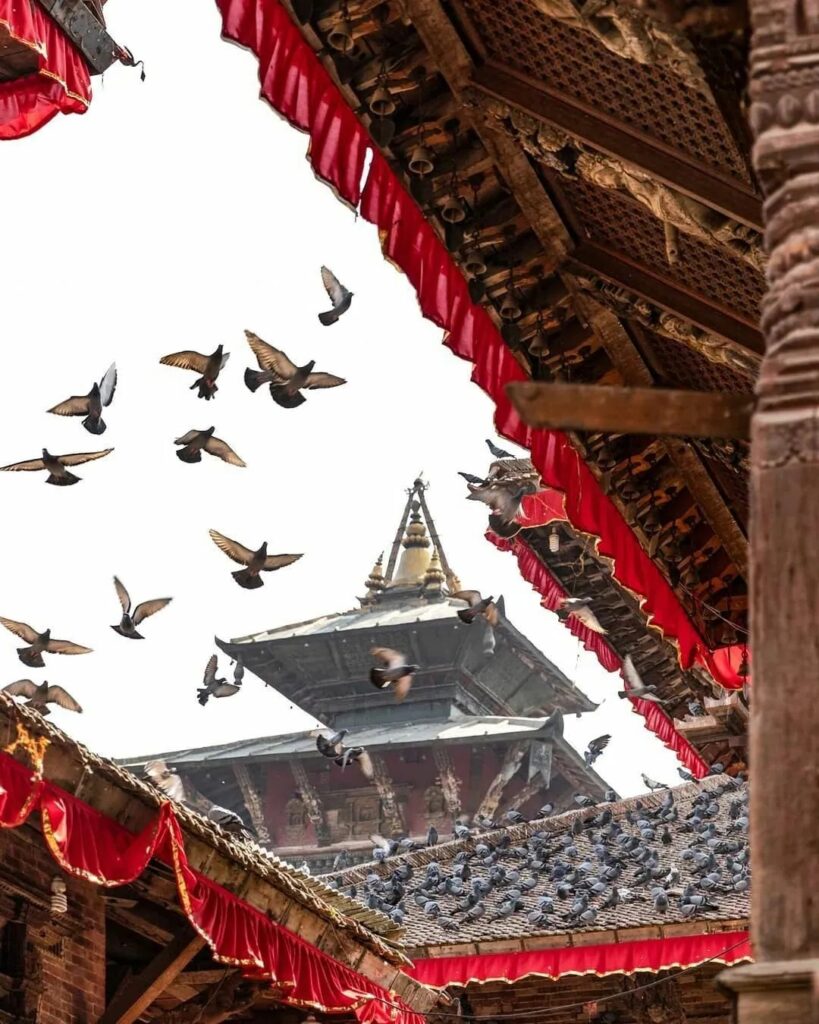
Boudhanath Stupa
Boudhanath Stupa is one of Nepal’s famous landmarks and an important part of the World Cultural Heritage.
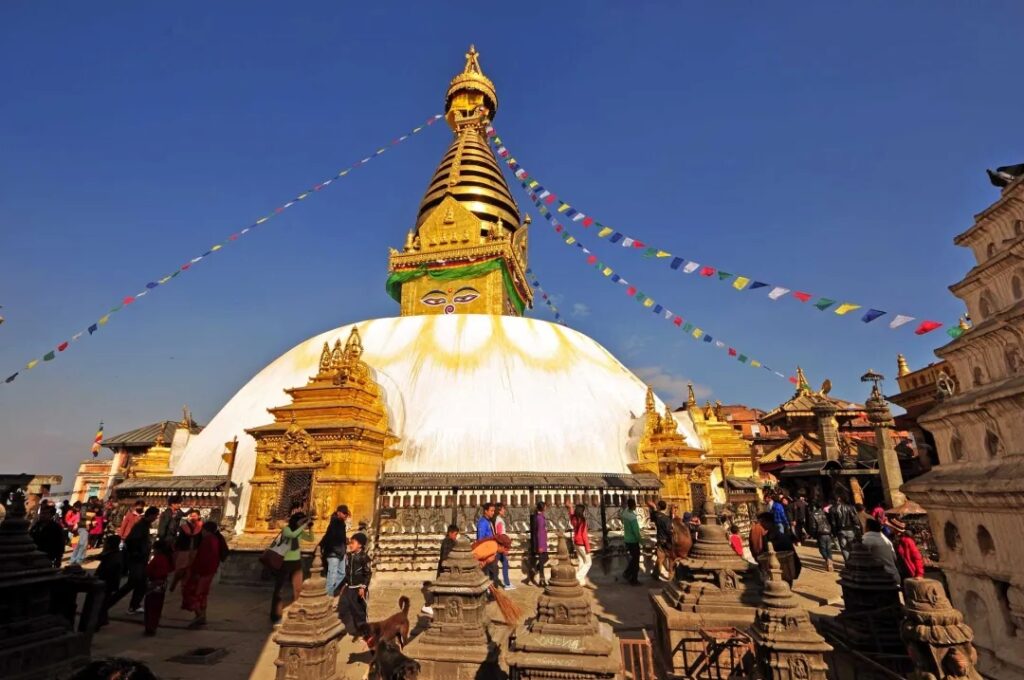
With a height of 38 meters and a diameter of 100 meters, it is the largest round stupa in the world. Its vast white dome appears especially sacred and solemn.
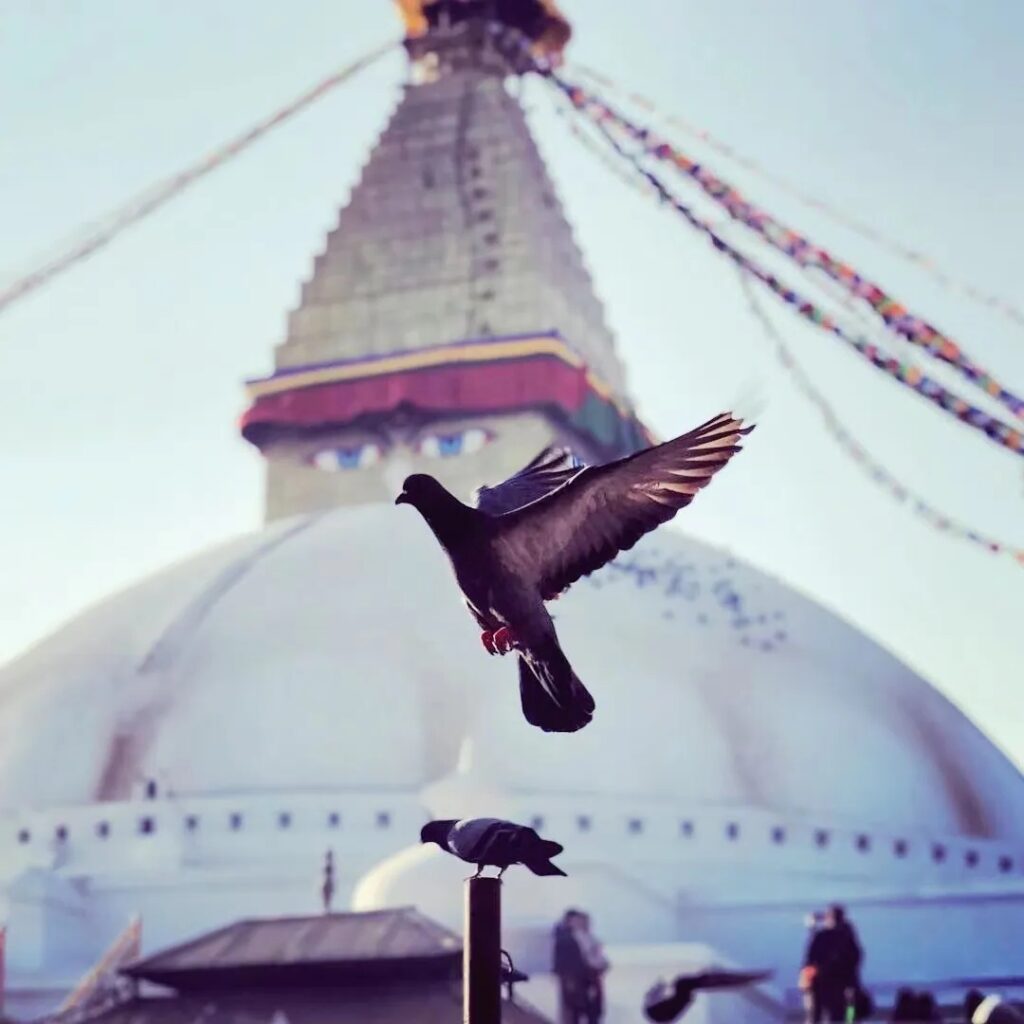
On the grand white dome, there are a pair of Buddha eyes, looking down with a slight droop of the eyelids, piercing the heart. Above the eyes is a golden spire, with the base adorned with 108 small bas-reliefs of Amitabha Buddha, painted with red and adorned with yellow flowers. Prayer flags flutter in the wind, inscribed with Buddhist scriptures, blessing all beings.
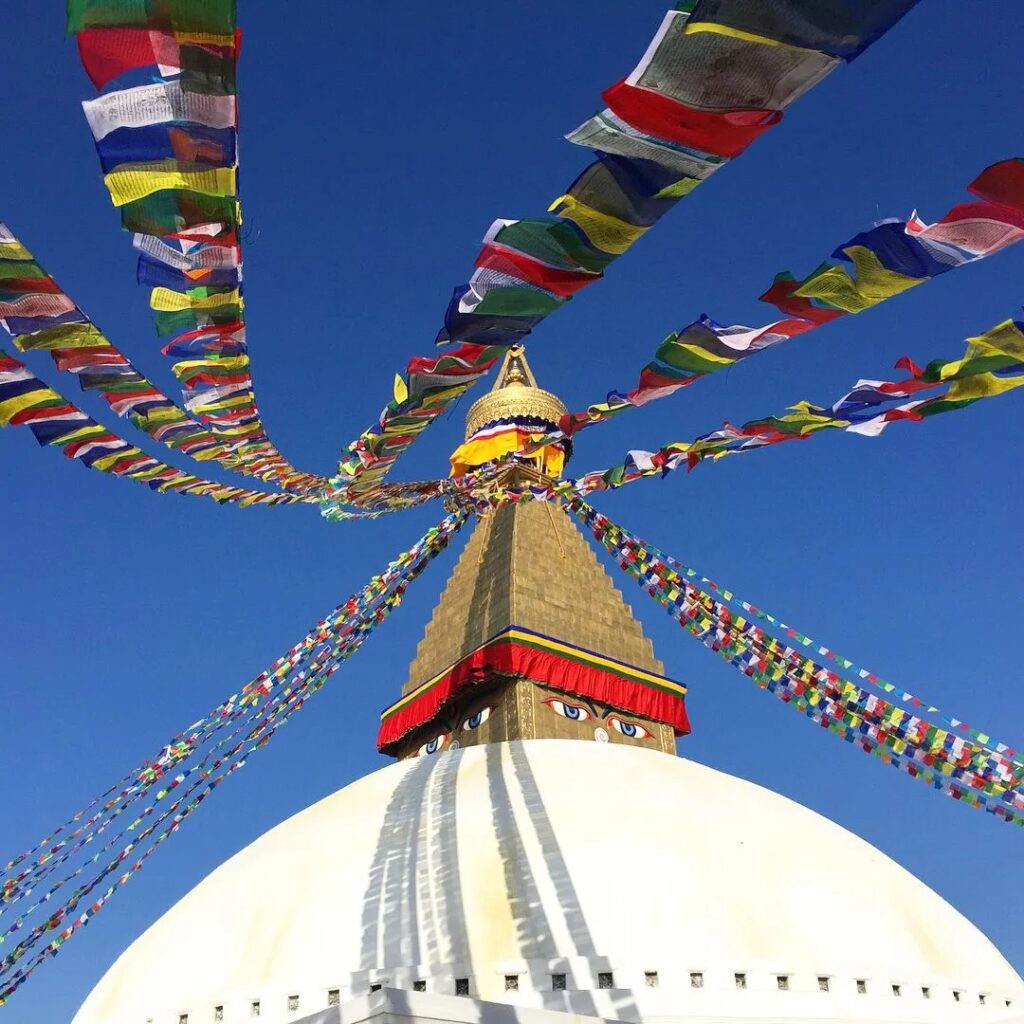
Swayambhunath Temple
Swayambhunath Temple, perched on a hilltop to the west of Kathmandu, is the largest Hindu temple in the area. From here, one can see the entire panorama of Kathmandu, the capital of Nepal.

The main stupa of the temple has a unique shape, with a pure white base, a golden body, a towering canopy, and a jewel-like pinnacle, shining in the sunlight. Surrounding the main stupa are smaller stupas and prayer wheels for devotees to pray and spin.
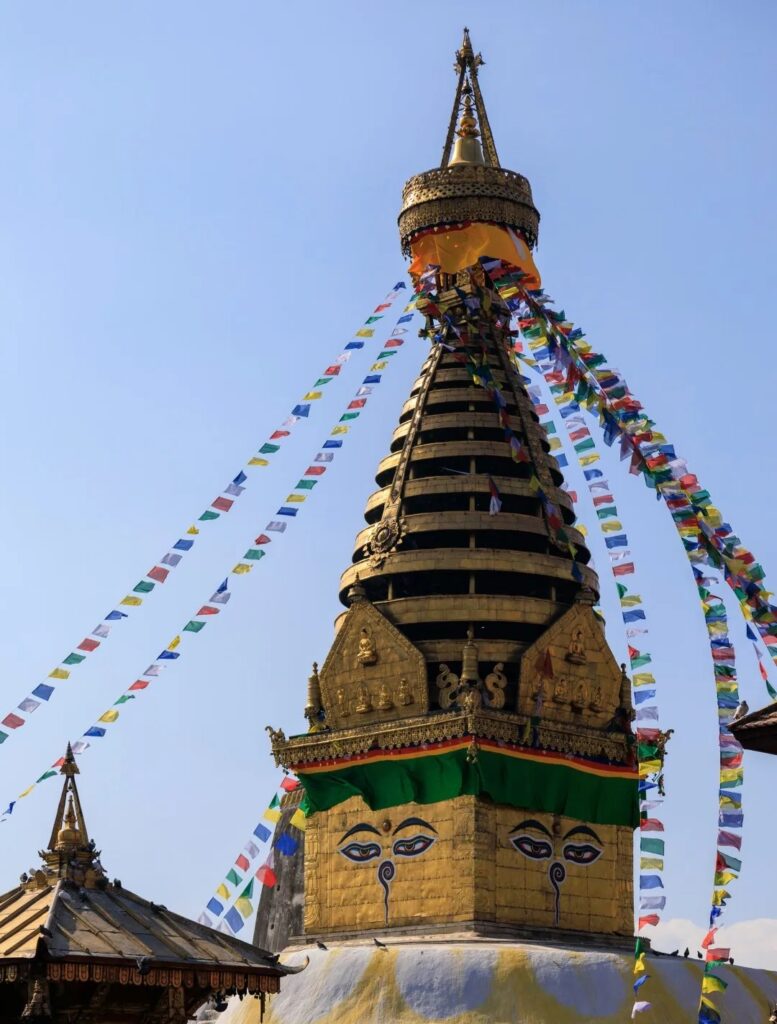
This site, known as one of Asia’s oldest Buddhist sanctuaries, is also called the Monkey Temple due to the large number of monkeys present. At dusk, you can witness the twinkling lights of Kathmandu.
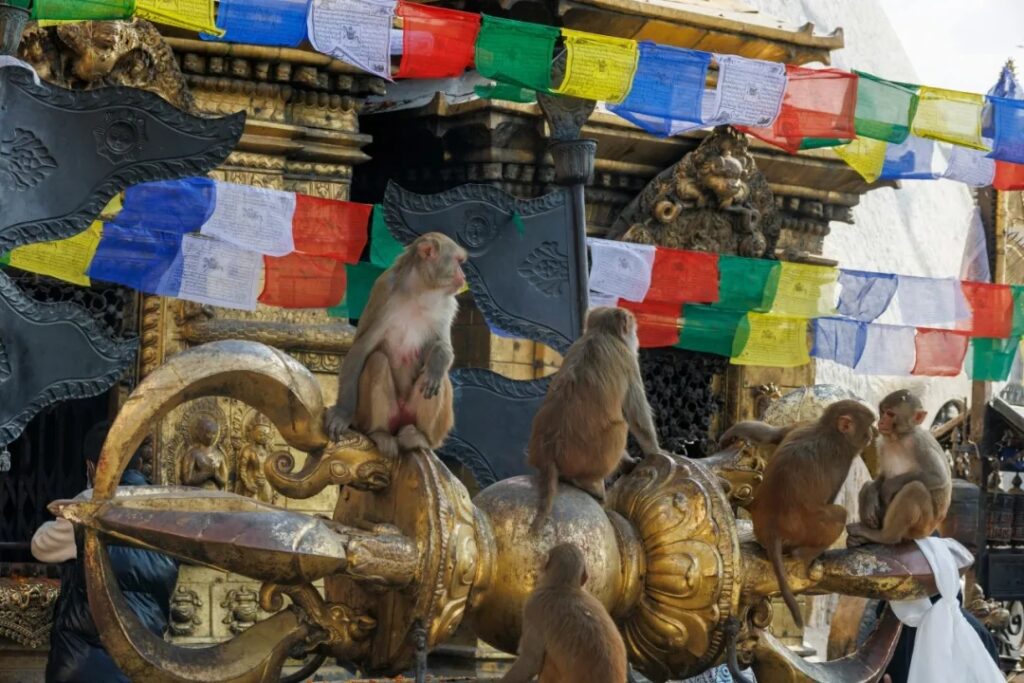
Pashupatinath Temple
Pashupatinath Temple is a World Cultural Heritage site in Nepal and the largest Hindu temple, dedicated to the god of destruction, Shiva.
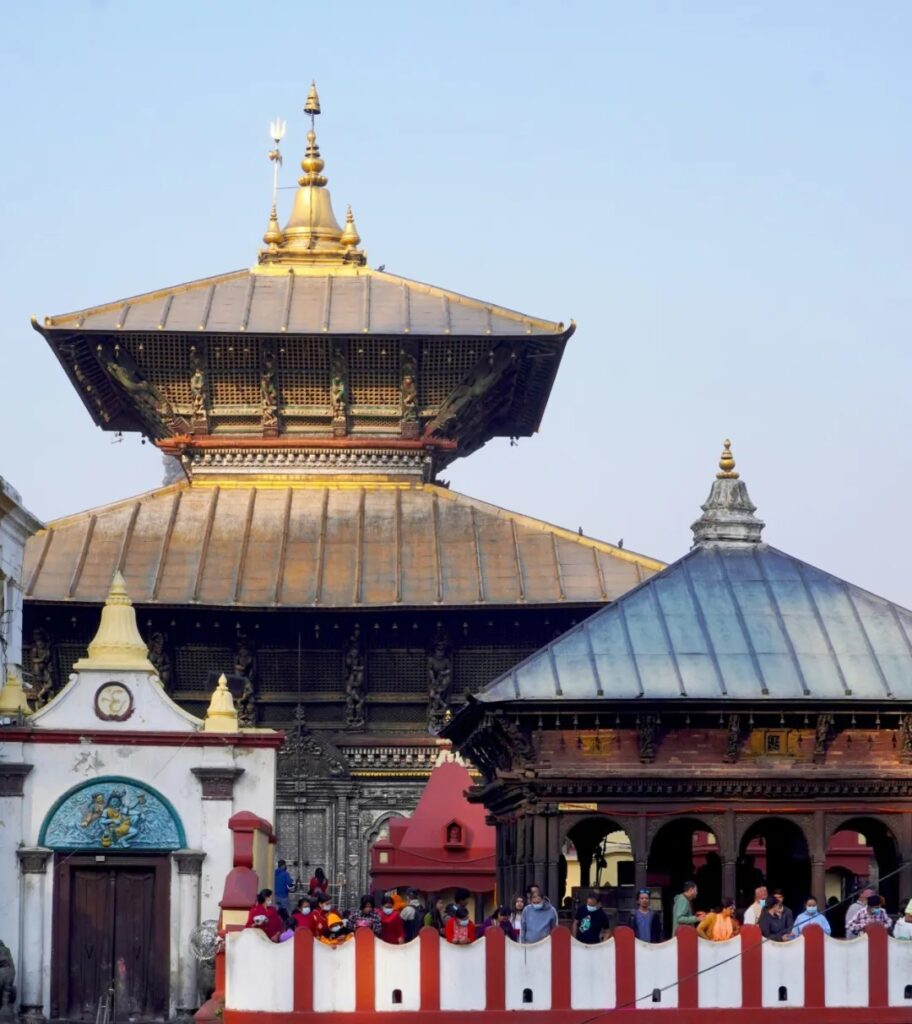
The temple is specifically built to worship Shiva and is also where Hindu cremations are held. Every day, Hindu devotees come here to perform cremation ceremonies. The ashes of the deceased are scattered into the river, drifting away, as Nepalese Hindus believe this allows the soul to attain liberation.
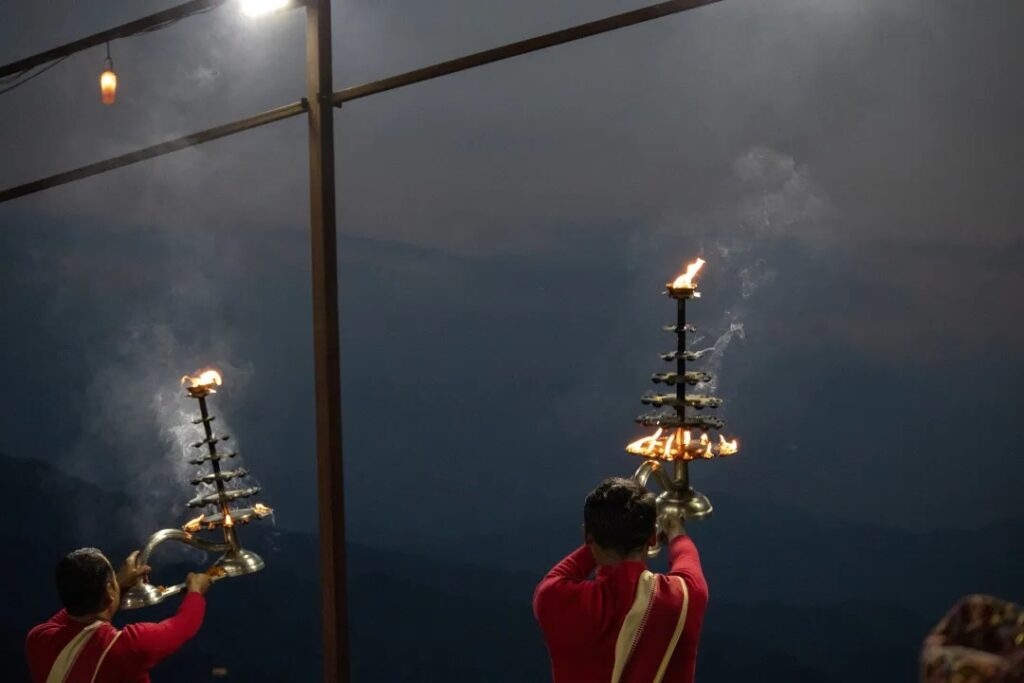
Pokhara
Pokhara, situated in the valley of the Pokhara River at the southern slopes of the Himalayas, at an elevation of about 900 meters, is surrounded by mountains and is known as the “Geneva of Nepal.”
The surrounding snow-capped mountains, due to their relatively low difficulty in climbing and excellent service facilities, have become the starting points for several famous trekking routes, recognized as a “trekking paradise” by travelers worldwide.
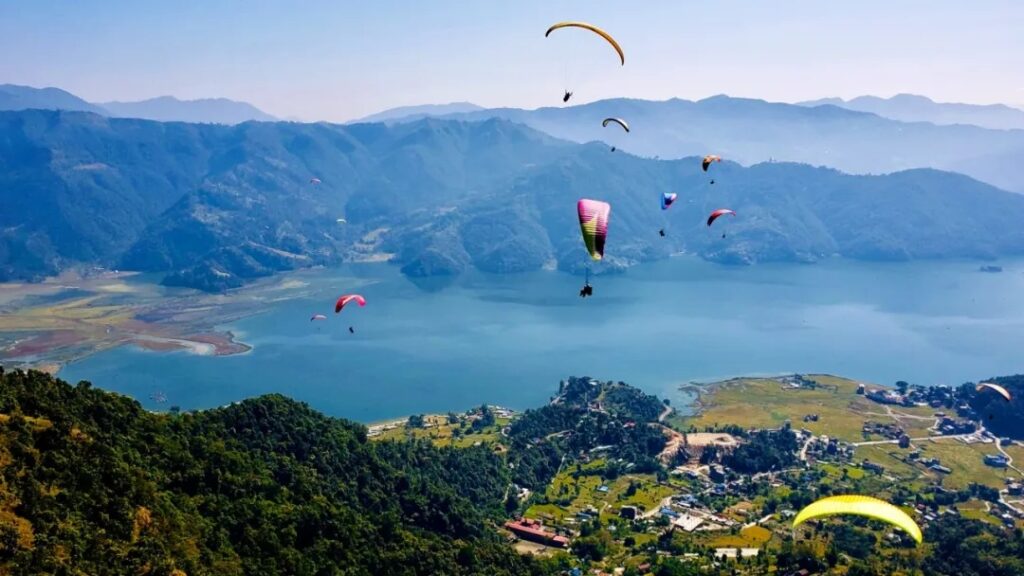
Phewa Lake
Phewa Lake is the second largest lake in Nepal and one of the most enchanting tourist spots in Pokhara.
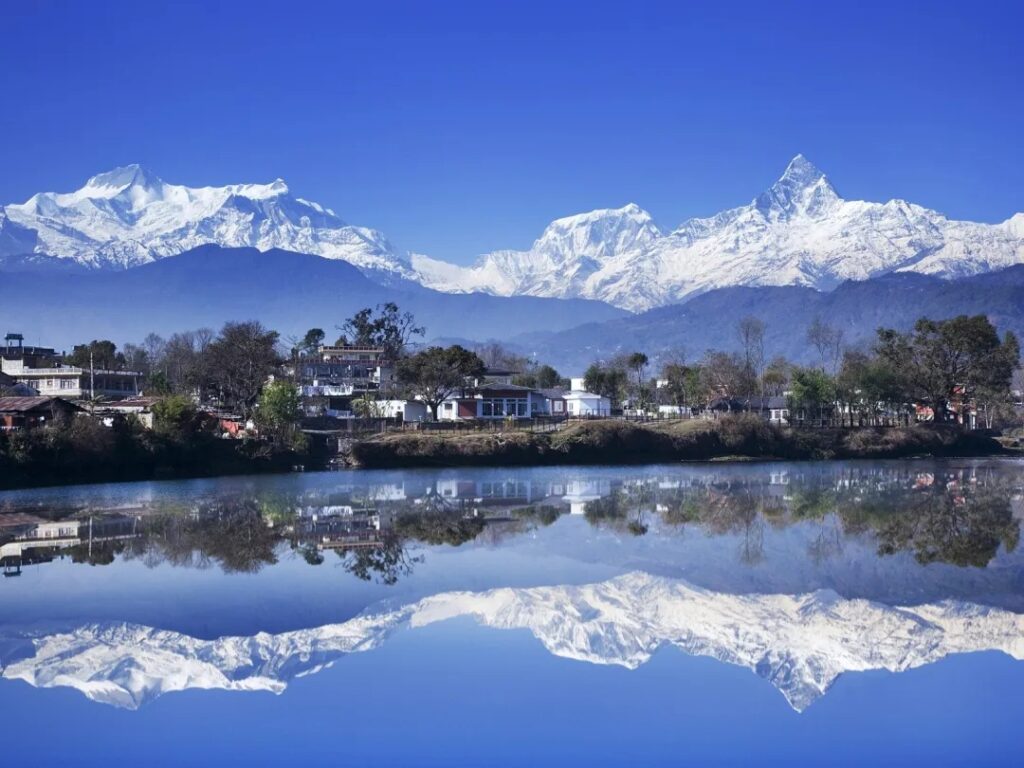
Encircled by mountains, the lake offers a picturesque view with its clear green water, as smooth as a mirror, contrasting with the lush vegetation and the majestic snow-capped peaks in the distance. At sunset, the golden rays illuminate the lake’s surface, creating a breathtaking scene with the mountains opposite.
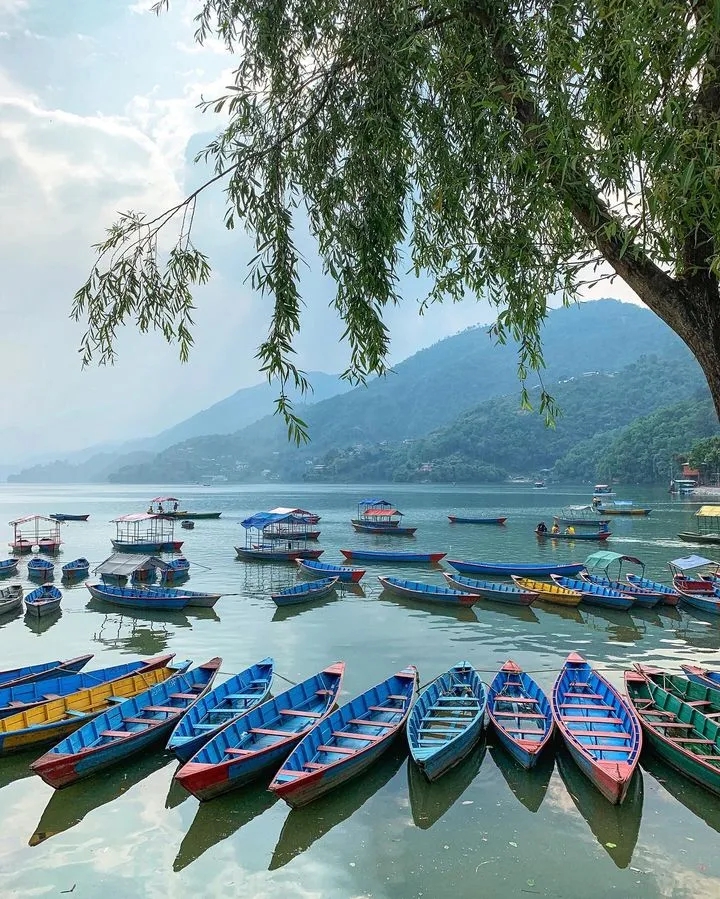
Here, you can rent a small wooden boat to enjoy the lake and mountains, or go for a walk or bike ride around the lake.
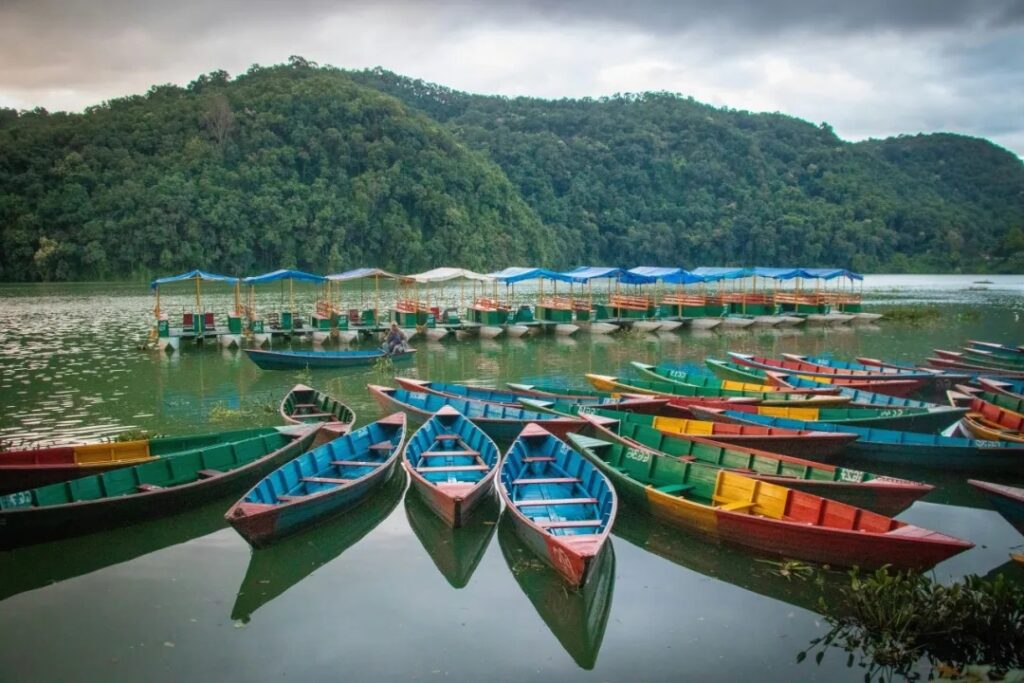
Peace Pagoda
The Peace Pagoda in Pokhara, also known as the World Peace Pagoda, is located on a small hill south of Phewa Lake.
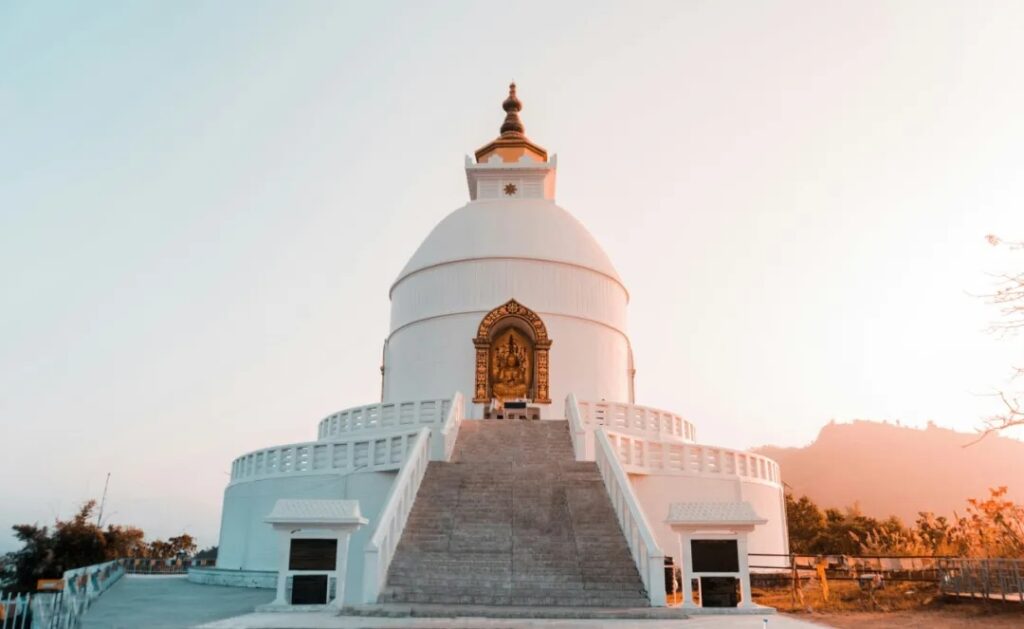
Built to pray for world peace and as an atonement for the mistakes Japan made during World War II, the pagoda stands in white, harmonizing with the blue sky, white clouds, green trees, and mountains.
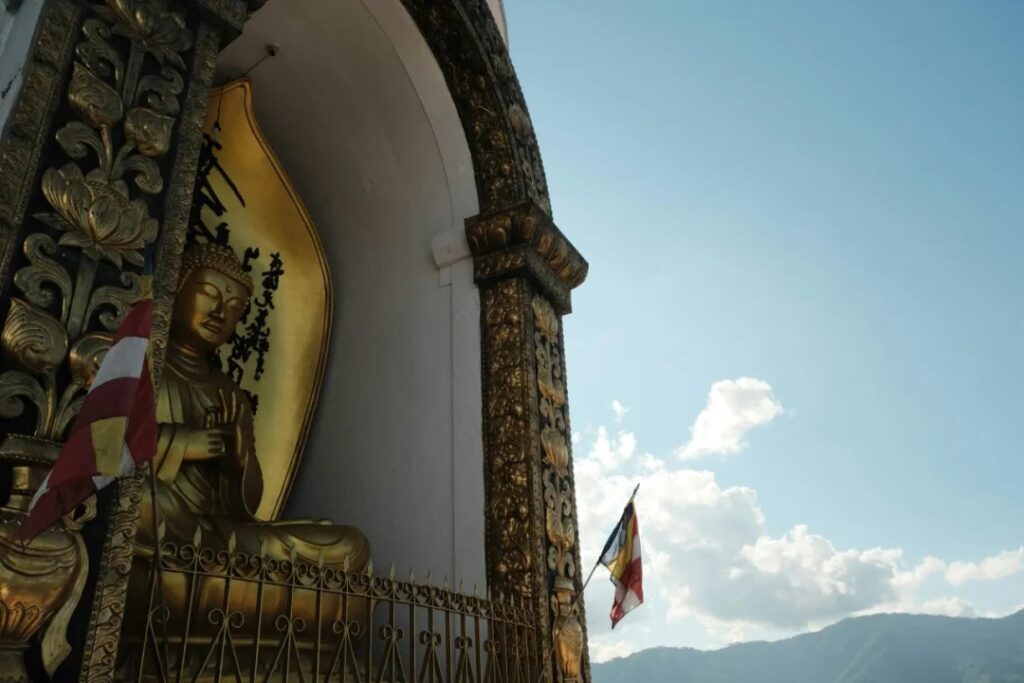
The Peace Pagoda is not only a religious site but also an excellent vantage point for scenic views. From the top, one can overlook the beautiful landscapes of Pokhara city and Phewa Lake, and admire the grandeur of the Annapurna mountain range and Machhapuchhre (Fish Tail Peak). On clear days, you can also see paragliders floating in the sky and the changing colors between the mountains and the lake, offering a visual feast.
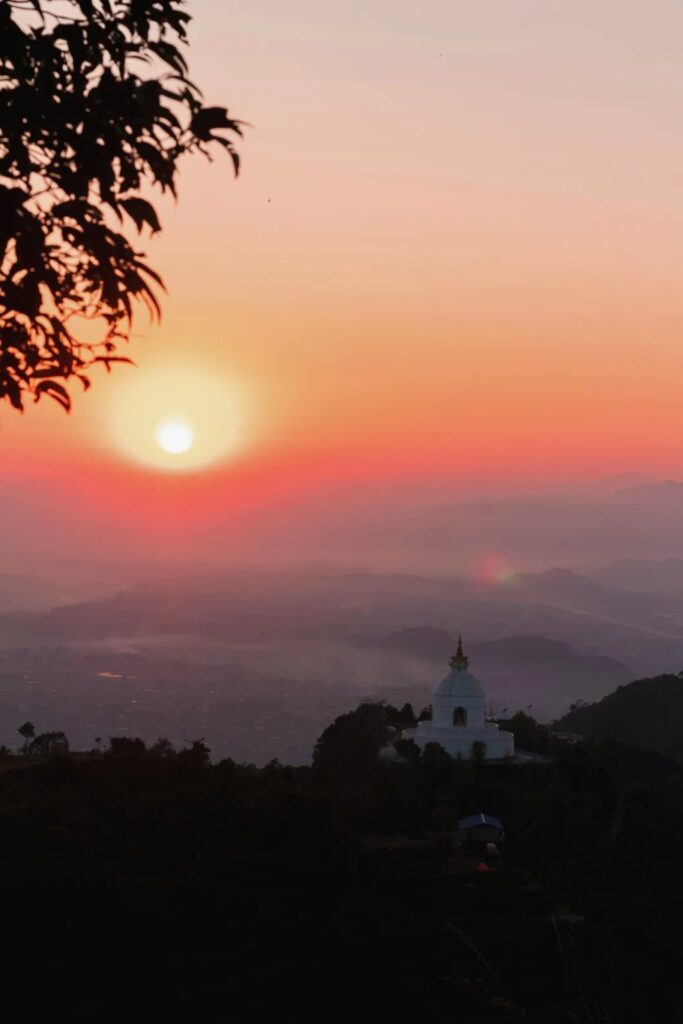
Tal Barahi Temple
Located on an island in the middle of Phewa Lake, Tal Barahi Temple is one of Pokhara’s most significant landmarks.
This Hindu temple is dedicated to the goddess Shakti, the protector of women.
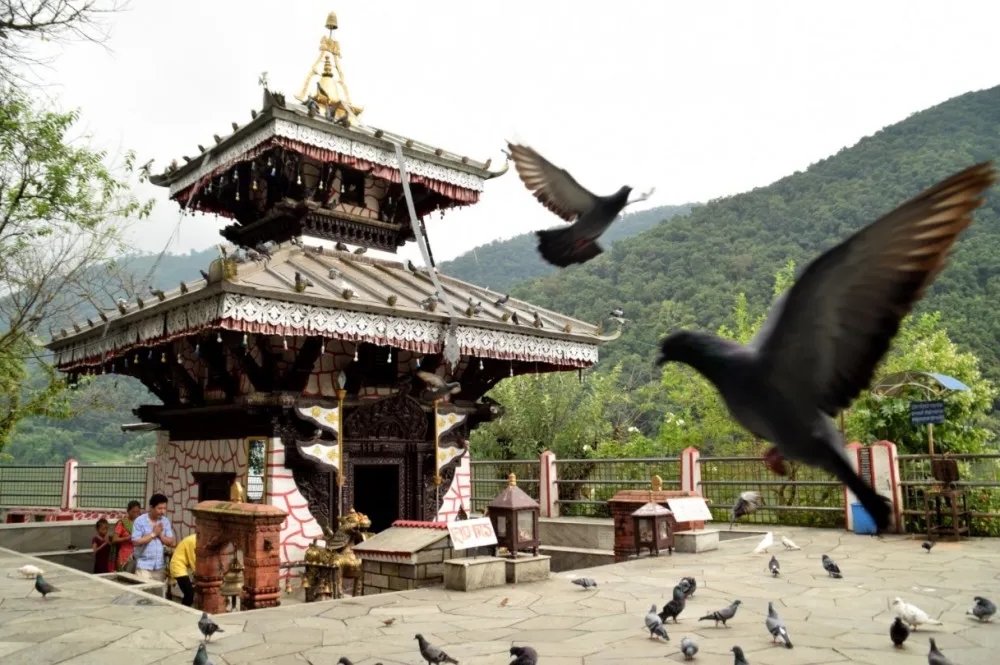
Although smaller in scale compared to other temples, it has a thick religious atmosphere. To reach the temple, one must take a boat to the island, a journey of about ten minutes, offering views of Phewa Lake’s beauty along the way.
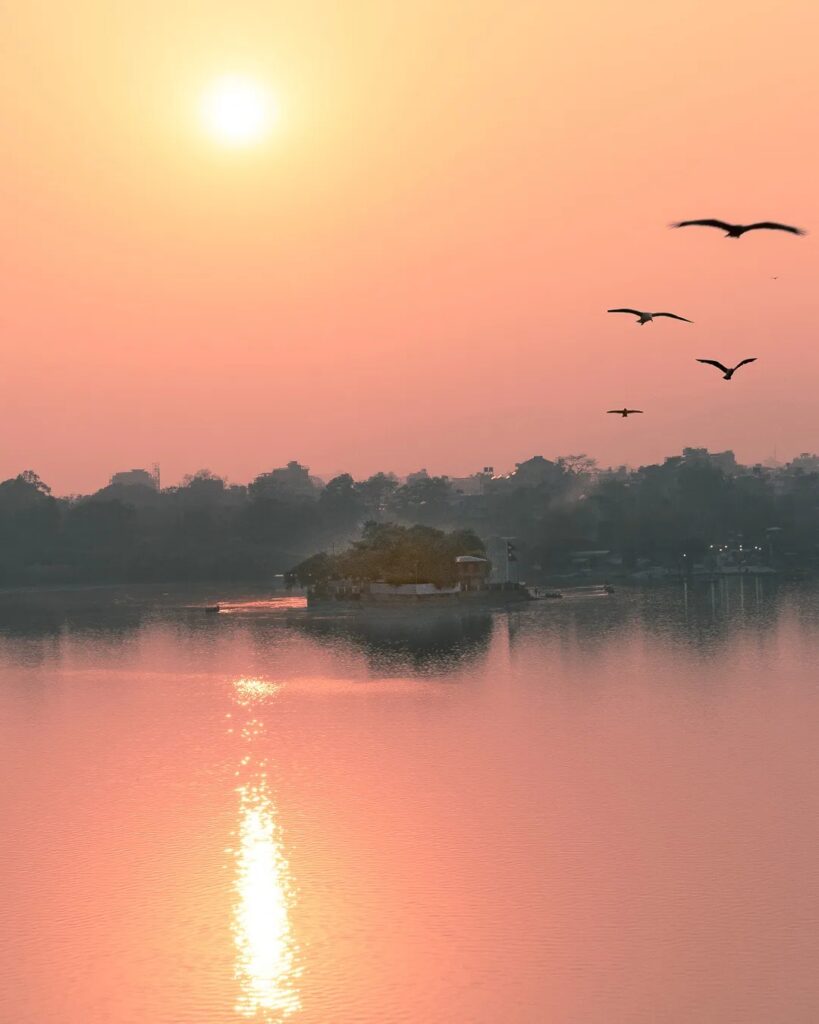
Lumbini
Lumbini, as the birthplace of Gautama Buddha, has been a sacred place for Buddhists worldwide for over two thousand years, with deep historical and cultural significance. In 1997, the Lumbini Archaeological Site was listed as a UNESCO World Heritage Site.
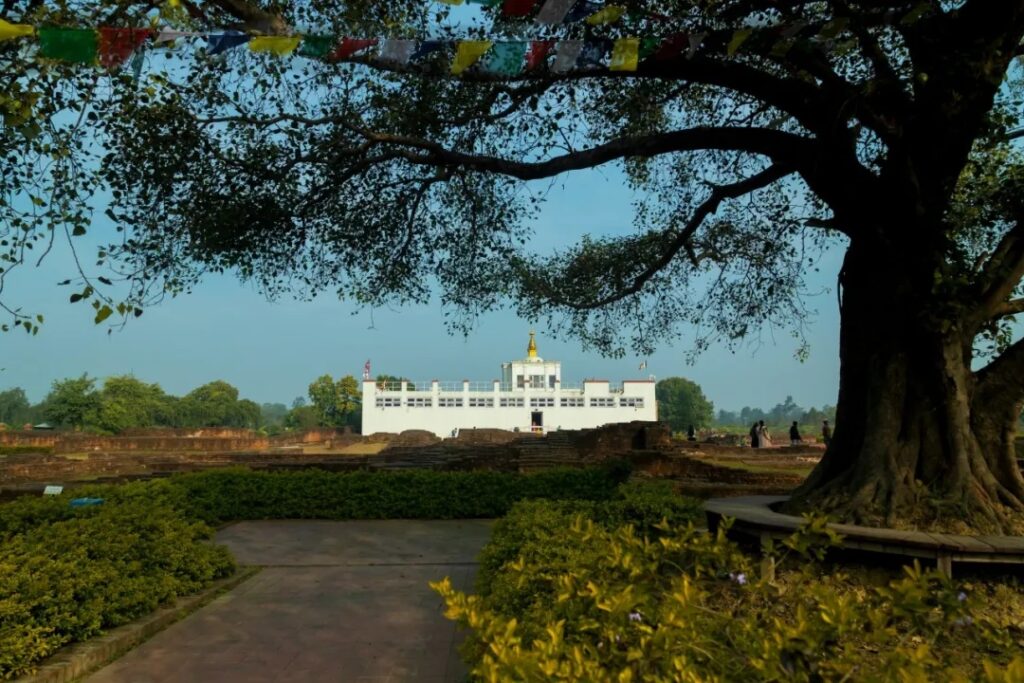
Lumbini Garden
Originally the private garden of Queen Maya, the mother of Buddha, in ancient India’s Kapilavastu Kingdom, it became a sacred site for Buddhists after Buddha’s birth there.
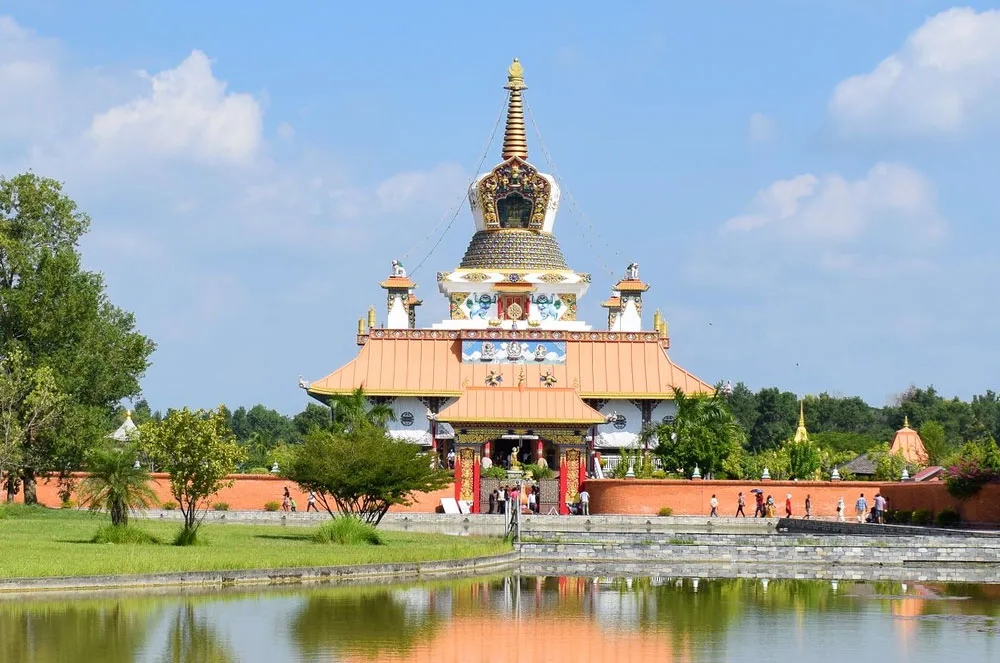
Lumbini Garden is divided into three main sections: the Sacred Garden with sites like the Ashoka Pillar, Bodhi Tree, pond, and Maya Devi Temple; a monastery zone built by various Buddhist organizations; and a green zone focused on tree planting.
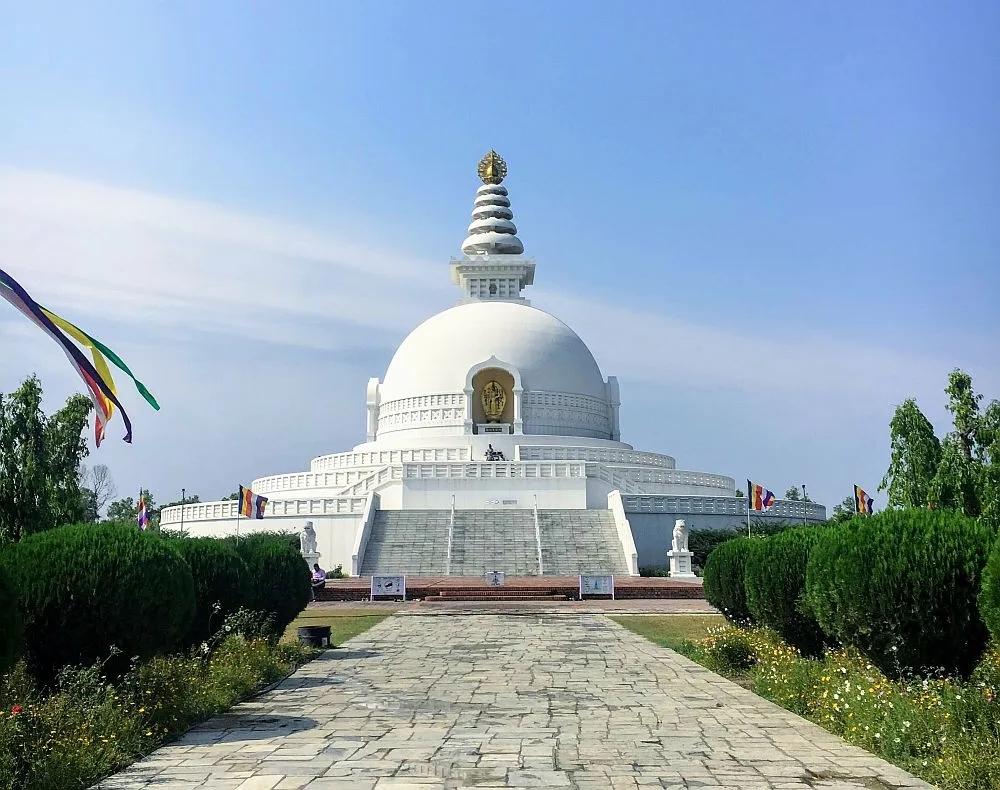
Lumbini Garden is not only a key pilgrimage site for Buddhists but also a valuable resource for studying Buddhist history and culture.
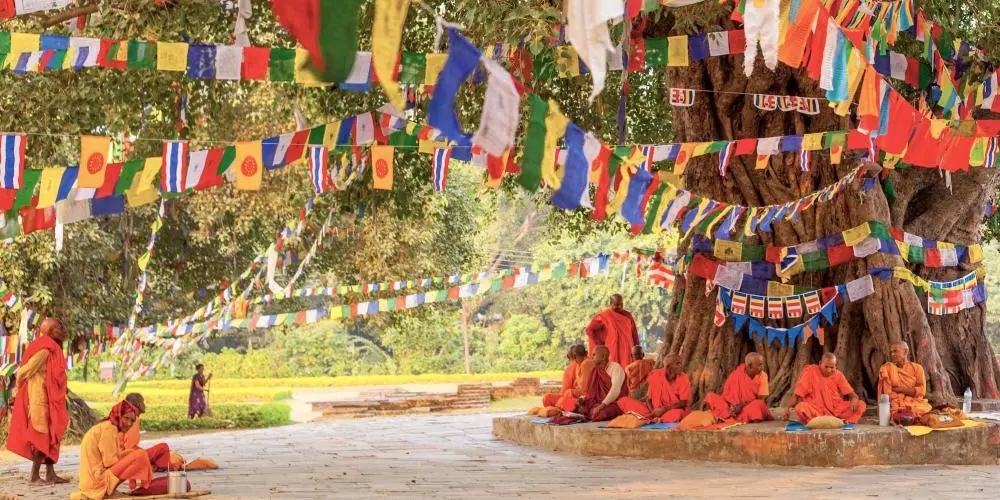
Maya Devi Temple
Maya Devi Temple, located in Lumbini, is an important Buddhist holy site dedicated to commemorating and honoring Maya Devi, the mother of Buddha.
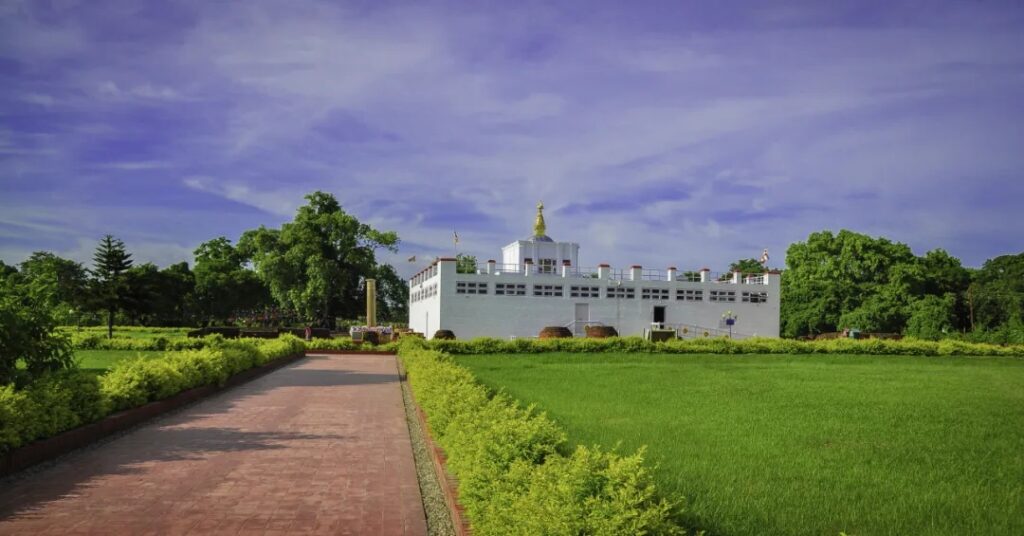
The temple’s architectural style is simple yet solemn, reflecting the deep cultural heritage of Buddhism.
Inside, a stone statue of Maya Devi is enshrined, with her right hand reaching for a branch of the Sal tree, and the newborn Siddhartha standing on a nearby lotus pedestal.
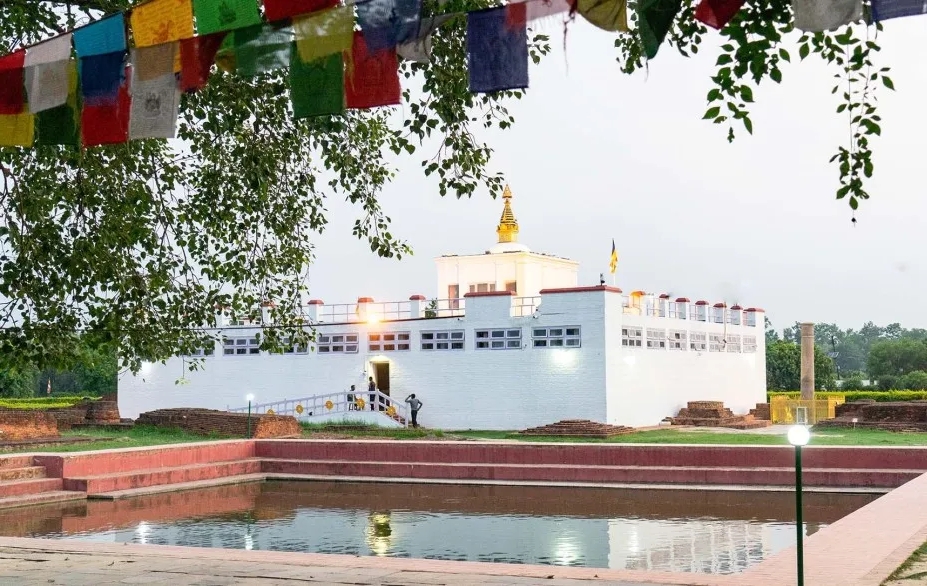
Lumbini, as a Buddhist holy land, attracts thousands of Buddhist pilgrims and tourists each year for worship and sightseeing. Here, not only are there Buddhists from around the world and believers, but also numerous Buddhist cultural activities and exchange programs are held.
China Temple
China Temple is an important Buddhist temple established by China in Lumbini, the birthplace of Buddha, marking the first official temple China has built abroad and a significant step in spreading Chinese Buddhism globally.
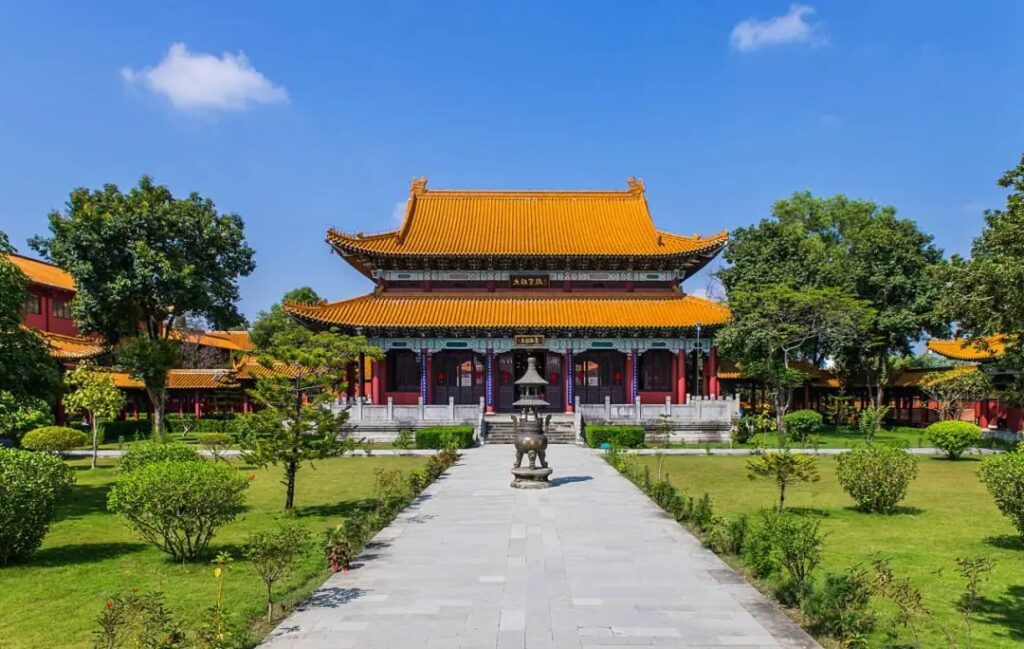
Built in the style of Qing Dynasty palace architecture, it is majestic, ornate, and embodies the traditional characteristics of Chinese imperial temples.
China Temple is not only a pilgrimage site for Buddhists but also an important platform for cultural exchange between China and Nepal.
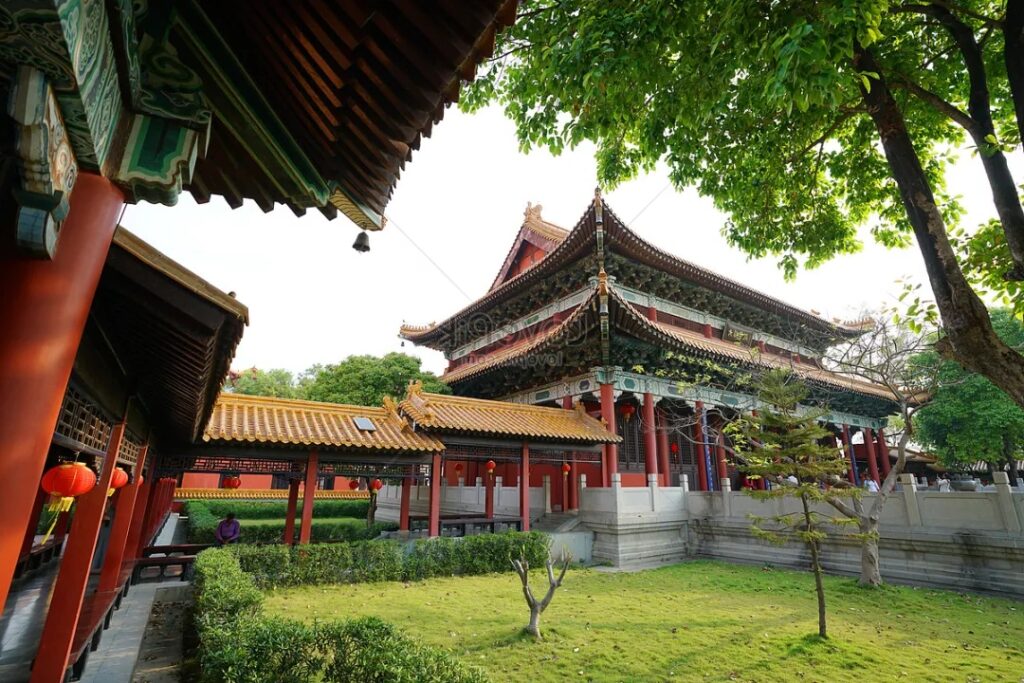
Chitwan
Chitwan is situated on a vast plain in southern Nepal. Here, rivers crisscross, forming fertile alluvial fans that provide an ideal habitat for wildlife.
Once a private hunting ground for the Nepalese royal family and their guests, it was later established as a national park.
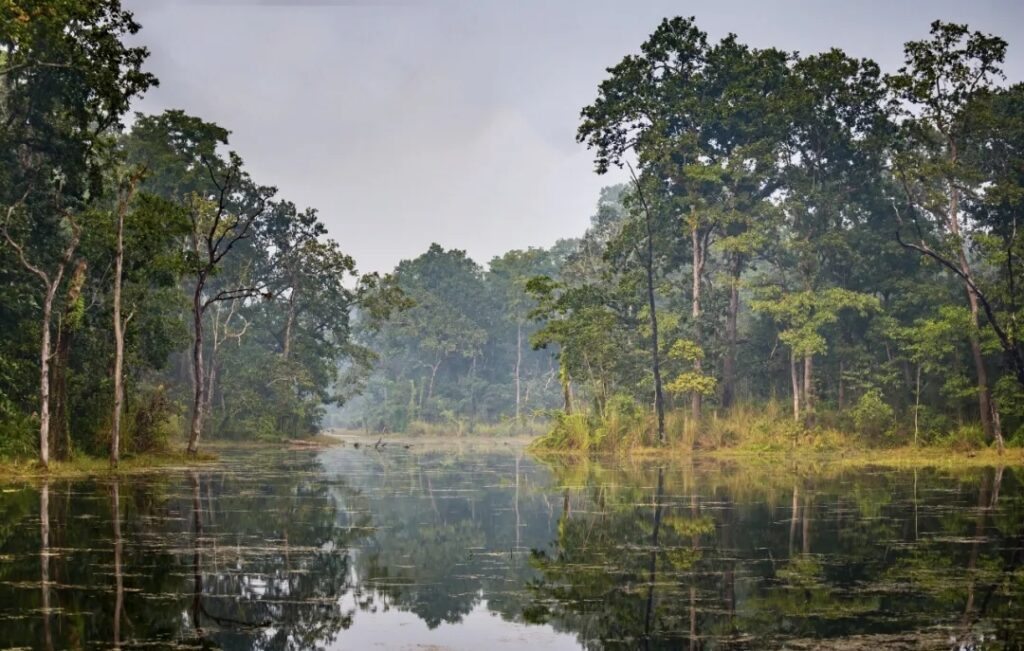
Chitwan National Park
Chitwan National Park is a national nature reserve in Nepal, listed as a World Natural Heritage Site in 1984.
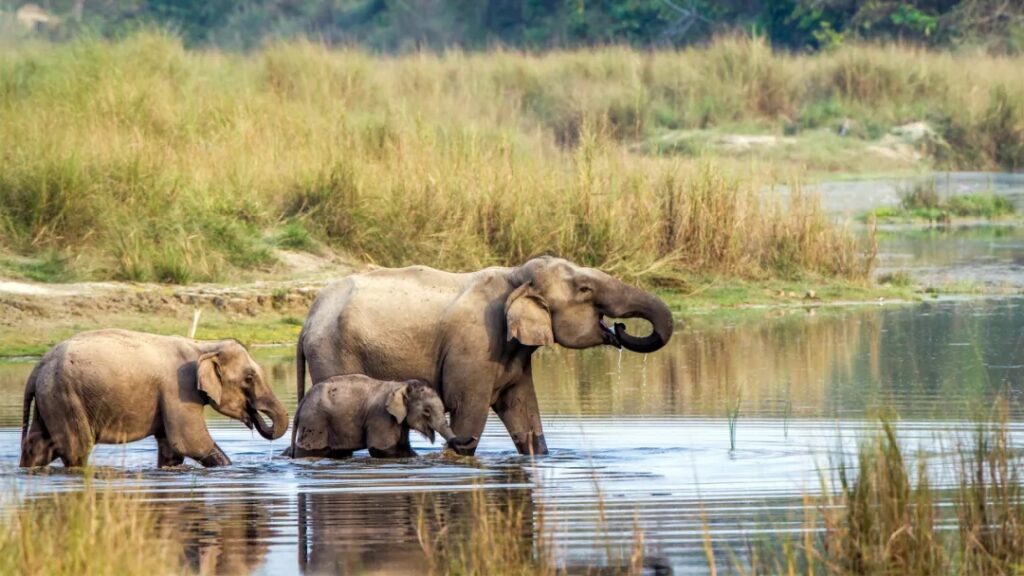
The park boasts rich vegetation, primarily salt-tolerant forests, which cover 60% of the area. Trees like Sal, Bombax, and ferns thrive here, creating a unique natural landscape.
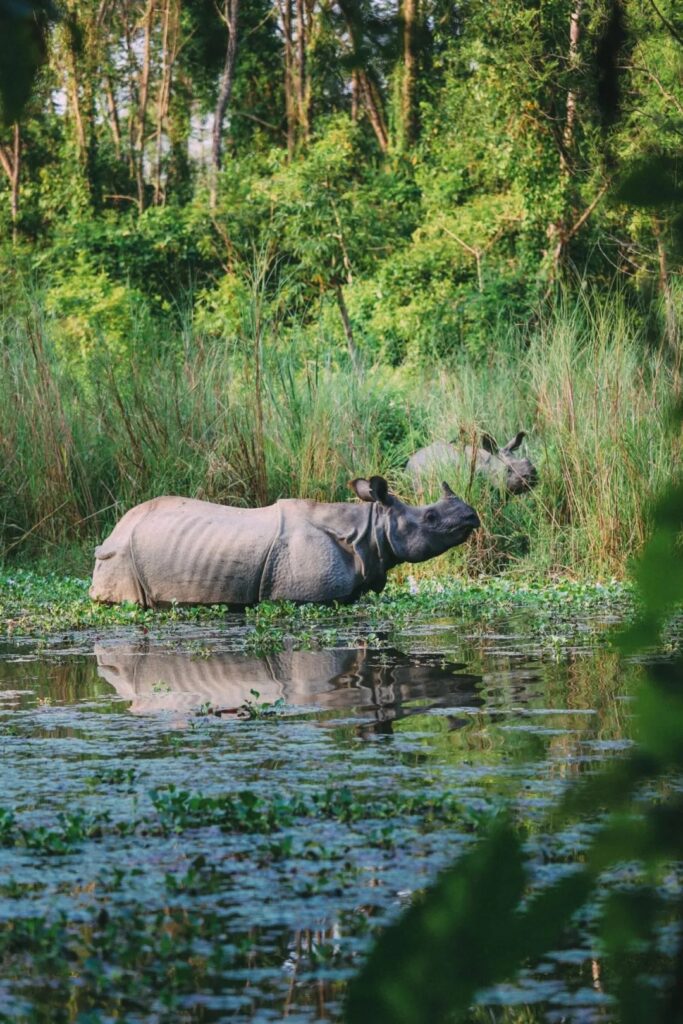
Chitwan National Park is home to various rare wildlife, famous for the Indian one-horned rhinoceros, an extremely precious animal with only about 1,000 remaining worldwide.
Additionally, the Bengal tiger is a key protected species within the park. Other common animals include crocodiles, deer, antelopes, monkeys, leopards, wild elephants, and over 350 species of birds.
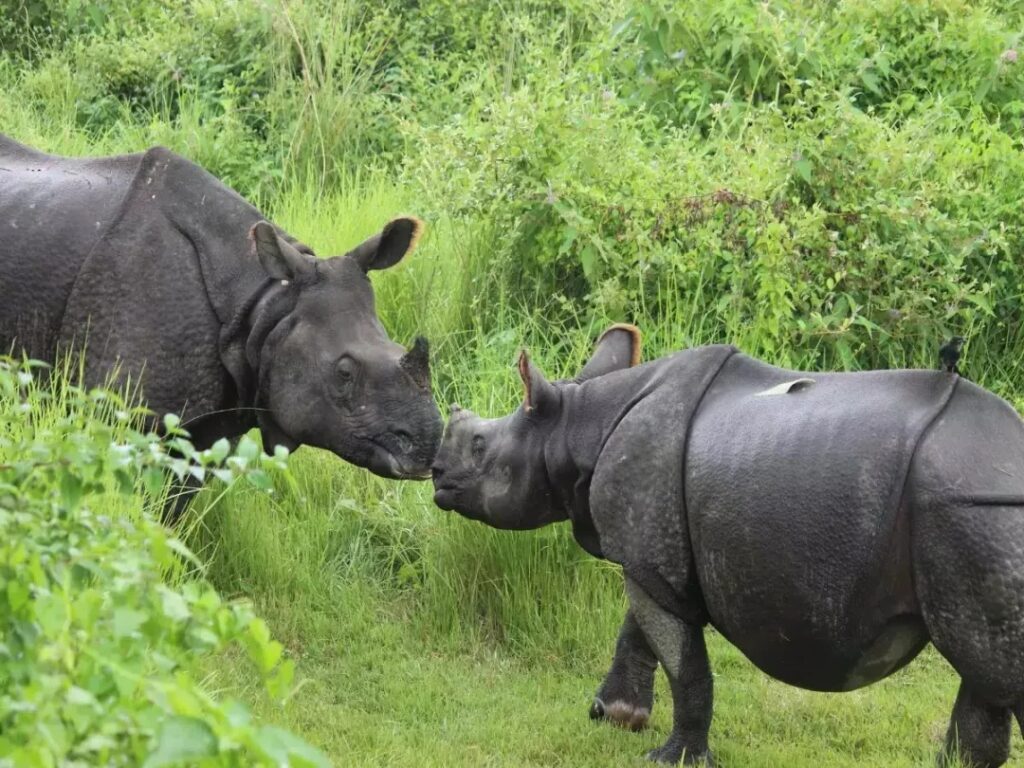
Visitors can explore the jungle on elephant-back, in jeeps, or on foot with professional guides, observing the behavior of various wildlife. This is one of the most popular activities in Chitwan National Park.
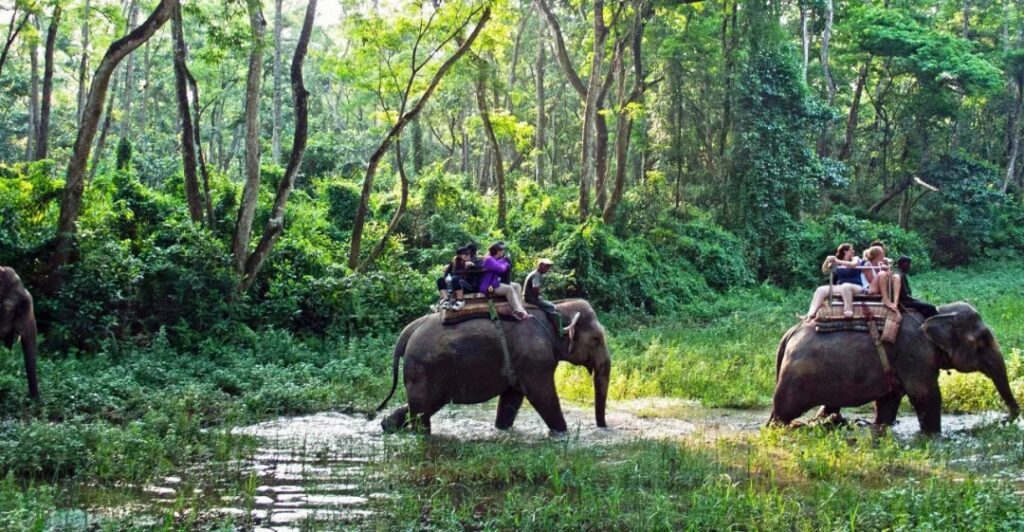
Currency:
Nepal’s official currency is the Nepalese Rupee. You can exchange a small amount of cash at the airport, and there are many exchange points in Nepalese cities. Electronic payments are not widely used in Nepal, and transactions are mainly cash-based, with card payments incurring fees.
Best Time to Travel:
Spring (March to May): This season has pleasant temperatures, blooming flowers, and melting snow. Spring is Nepal’s second peak season, suitable for travelers who enjoy warm weather and floral landscapes.
Autumn (September to November): Autumn in Nepal brings clear skies, fresh air, and stable weather, with little chance of rain. Autumn is the peak season for trekking, with comfortable weather, making it the best choice for those who love outdoor activities and photography.
From the historical layers of Kathmandu’s ancient city, one can almost hear the whispers of ancient civilizations and feel time flowing slowly.
By the shores of Phewa Lake in Pokhara, the tranquil water reflects the majestic mountains, bringing peace to the soul, as if the entire world has stopped in this moment of beauty.
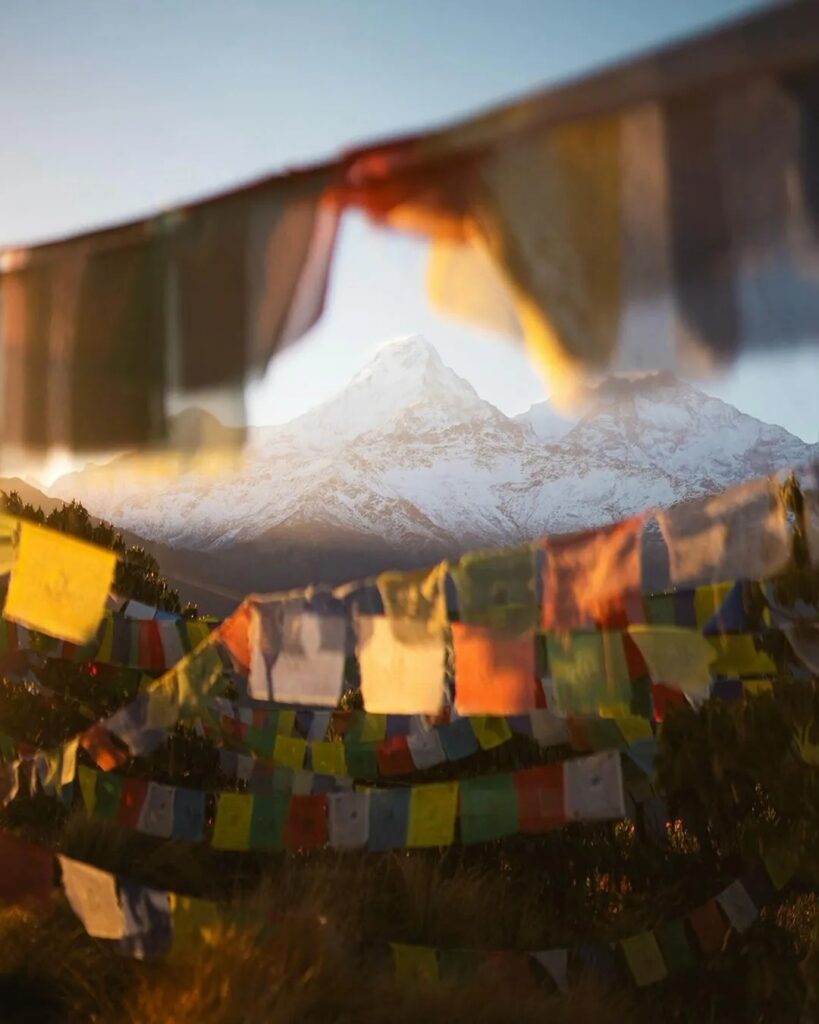
Nepal, this country that blends ancient with modern, tradition with faith, showcases its unique charm to the world, leaving visitors in awe.
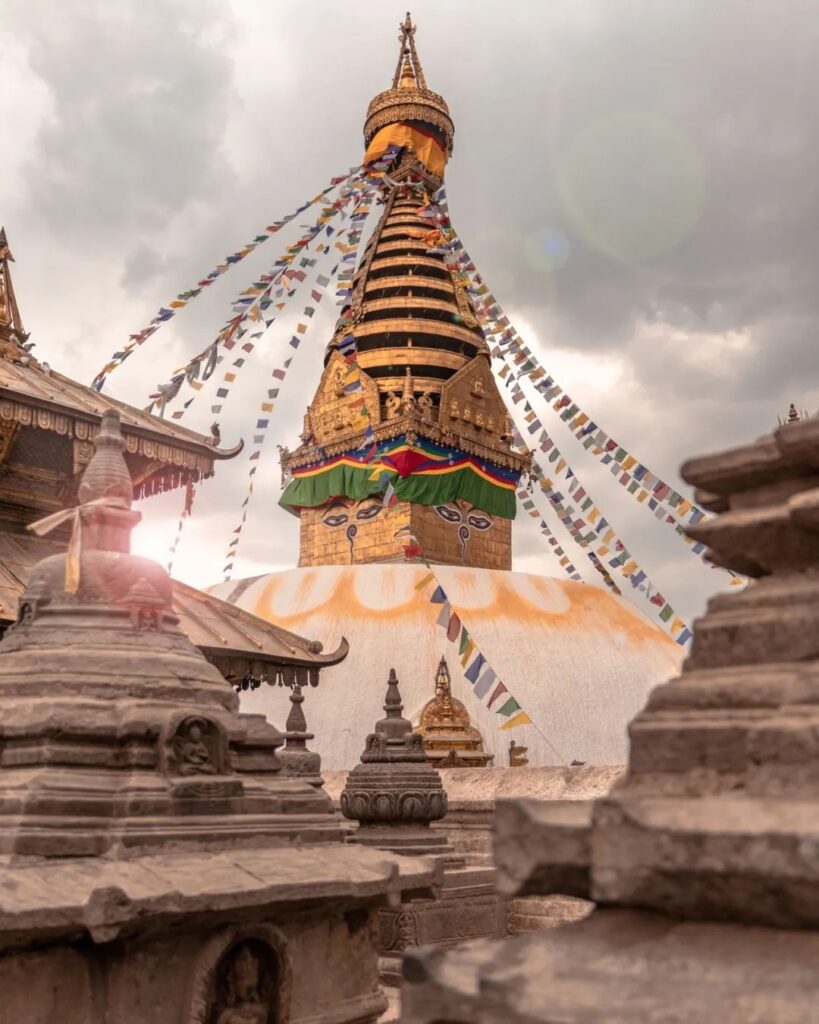
As the last rays of the setting sun gently brush over the golden spires of ancient temples, as the evening breeze from the Himalayas softly caresses the earth, Nepal, in its unique way, completes the spiritual cleansing of every traveler.
Join the migratory birds for a unique journey of spiritual exploration in Nepal!






